Last updated on
The main difference between asphalt millings vs. gravel is that asphalt millings harden over time, while gravel does not. Read on to learn the details.
Asphalt millings and gravel are both materials used in roads and driveways. However, one outmatches the other in terms of upsides. The asphalt milling hardens over time while the gravel wears away. Furthermore, the asphalt milling doesn’t allow dust accumulation, making it a more environmental-friendly option.
Another great advantage is that asphalt millings are a recycled material. It can be repurposed into building materials as well. On the other hand, lower grade gravel is more available and cheaper, making it great for small projects.
Let’s learn the differences between the two in terms of cost, longevity, and maintenance.
The Main Difference Between Asphalt Millings and Gravel
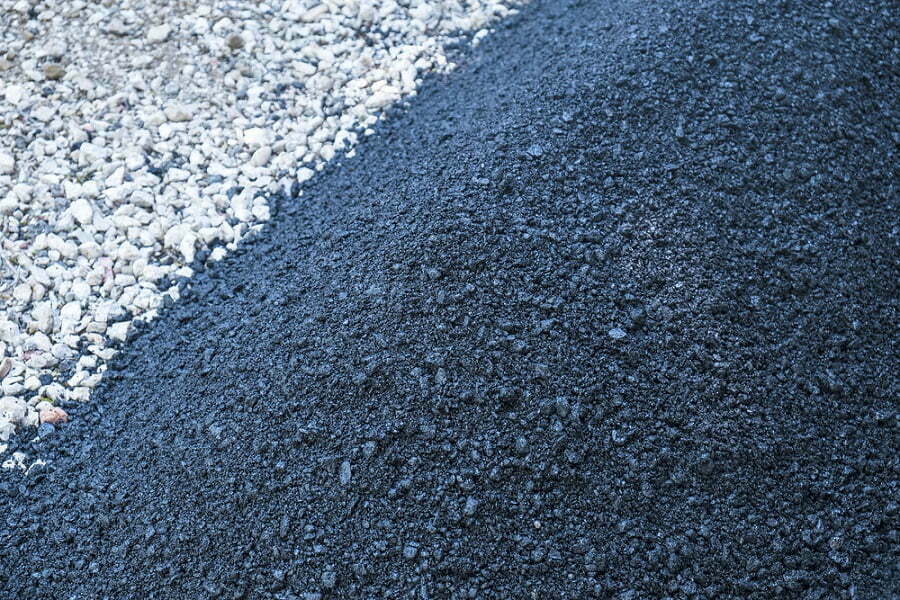
The significant difference between recycled asphalt millings and gravel is that asphalt millings can harden and strengthen over time. Gravel wears away and gets lost because of attrition. The millings also produce less dust and dirt than gravel, which often creates a mess across the yard, sidewalk, or road.
Less dust also means fewer car and truck cleanings. Asphalt millings result in cleaner outdoor spaces and vehicles is the asphalt’s proven ability to absorb dust and particles. When asphalt is used for roads, workers lay down a layer of powdered lime, which bonds with the asphalt and prevents particles from entering the air.
Similar to gravel, asphalt millings also need a leveled solid base to cover. It has to be a solid surface for a steam roller to be used to compact and harden the millings.
Reduced Cost
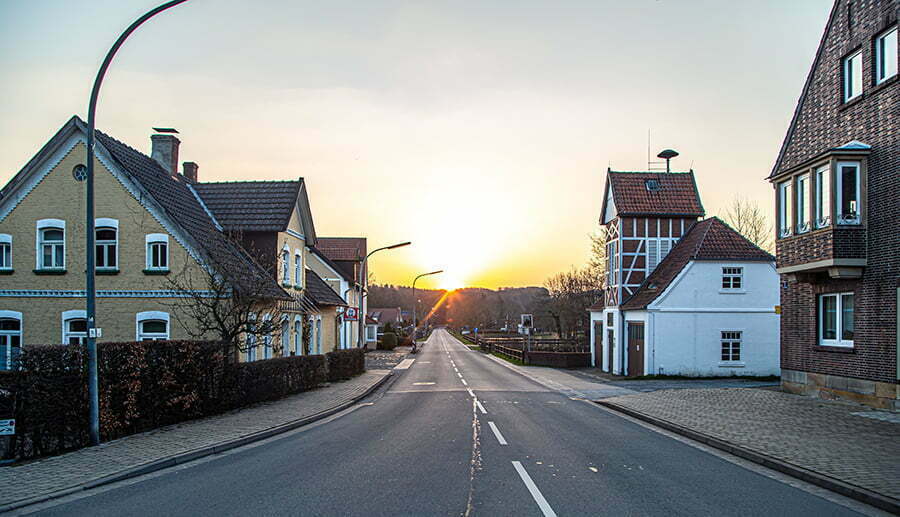
Asphalt millings cost less than high-grade gravel. Millings cost between $10 and $20 per ton or $2 to $5 per square foot. The gravel cost ranges from $10 to $50 per ton based on availability, grade, etc.
Additionally, the average cost of asphalt almost always beats the price of gravel. The average gravel cost for a driveway is between $600 and $1800 but only $200 to $1,200 for asphalt.
Longevity

The longevity of asphalt millings vs. gravel is undeniable. Asphalt millings harden over time, so they last longer with the lighter, slower usage of private driveways. This material also bonds better than gravel under compression.
Asphalt millings comprise the top layer of old roadways, which are removed to make way for a new layer. As such, they make a highly sustainable resource.
Little to No Maintenance
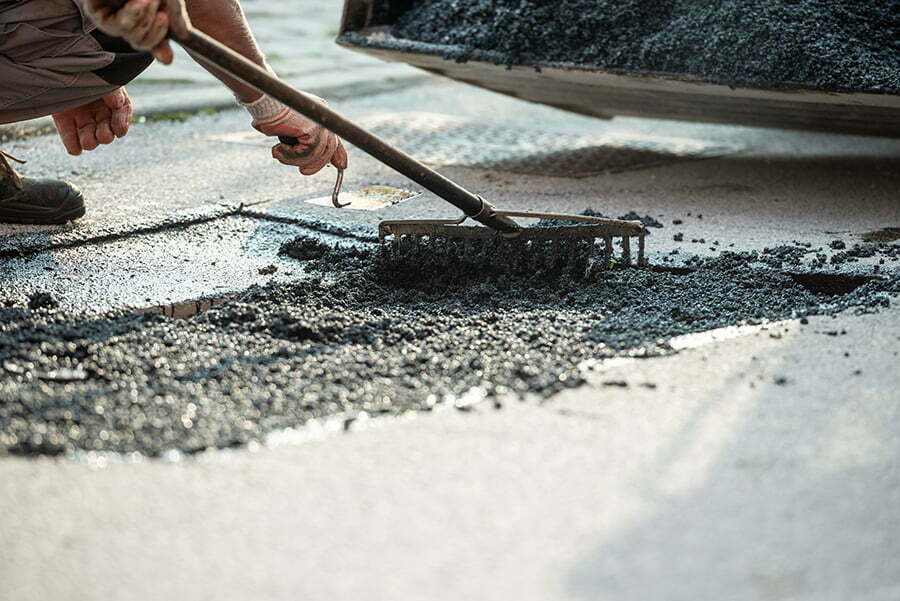
Asphalt millings require minimal maintenance because the material is less susceptible to elements and outside forces. The millings don’t require resurfacing, replacing, or refinishing.
The material hardens naturally over time and resists plant growth and animal incursions. The substance also generates less dust and debris, reducing cleaning time compared to gravel.
Eco Friendly

Asphalt millings are considered sustainable, but the top surface can migrate from your driveway or private road because of wind, rain, snow, and physical displacement. However, gravel is 100% eco-friendly because it’s composed of the earth.
Most people accept the possibility of minor soil or water contamination that asphalt generates because the millings stop the need for additional materials. The millings aren’t biodegradable, but using them for driveways reduces the amount of non-biodegradable material in landfills.
Weather-resistant
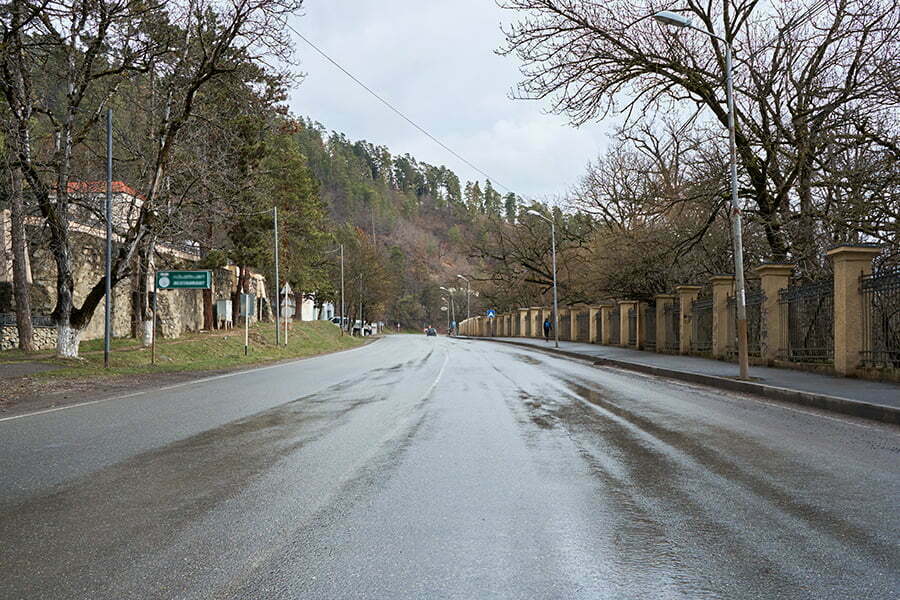
Asphalt millings stand up well to weather extremes, which include blistering heat, freezing winters, rain, ice, and snow. Accumulated snow and ice melt faster because of the dark color of the millings. When you consider the bonding and compacting features of asphalt millings, you realize that the material has excellent weather resistance.
When you consider using recycled materials, the weather resistance is high enough to prevent needed replacements for years. Using asphalt millings can qualify you for credits toward LEED certification, which stands for Leadership in Energy and Environmental Design.
Asphalt Millings Cons
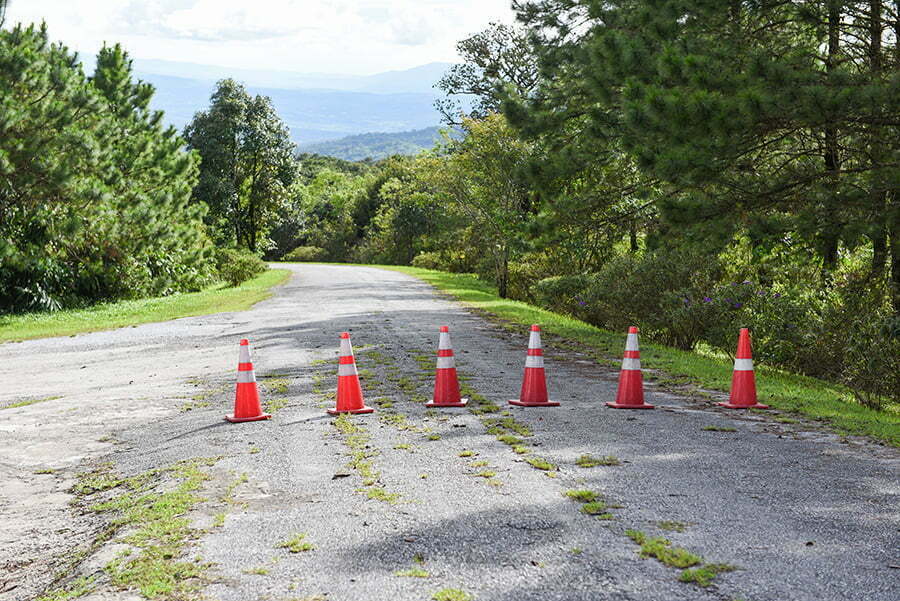
One major drawback that prevents some people from using asphalt millings is aesthetic conformity. The millings don’t look the same as concrete, brick, or stone, so your driveway might generate a jarring look. The color is not the same as traditional asphalt.
Other cons include the quality of the asphalt. Quality can vary considerably based on whether the asphalt is recycled and where it’s recycled. Aged asphalt binder often needs rejuvenation to perform up to usual standards.
If design and color are essential to you, ask to see a sample before making a decision. The asphalt won’t look the same as a graded roadway, but the recycled version might be fine for your driveway or private roadway.
Gravel Pros and Cons
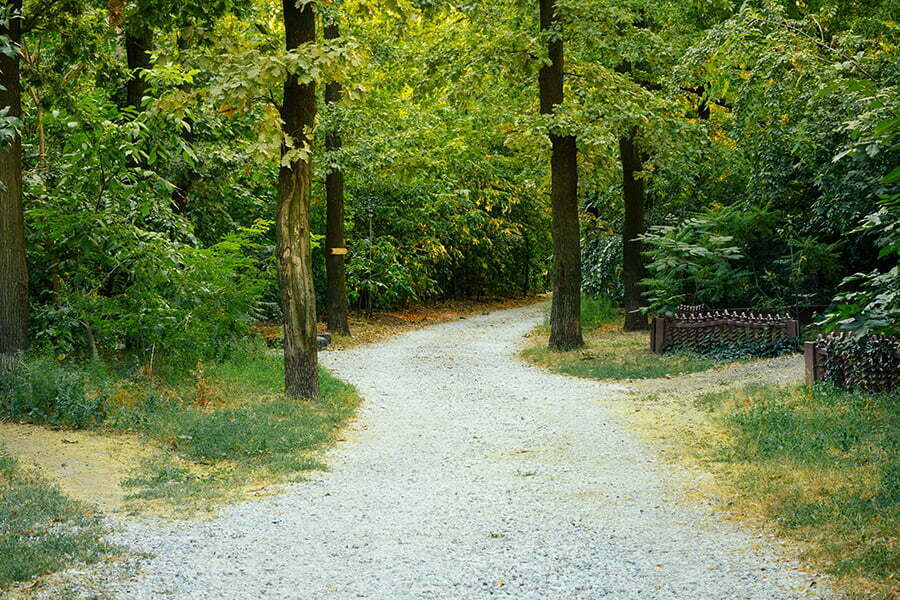
The pros and cons of using gravel in your driveway might affect your decision on which material. The advantages of gravel include:
Great Versatility
Gravel can be chosen in various sizes and colors to complement your driveway’s design.
Easy to Lay and Maintain
Gravel is easy to install and maintain, and the cost is generally affordable.
Gravel Is Environmentally Friendly
The actual gravel product is 100% natural, but mining and crushing the gravel uses lots of energy.
Gravel Doesn’t Decompose
Gravel decomposes in centuries and millennia instead of typical lifetimes. It doesn’t rot or attract pests.
The disadvantages of using gravel for your driveway include:
Causes Injuries
Gravel can migrate to your lawn and cause direct or third-party injuries like a rock propelled by a lawn mower at high speed and force. Flying gravel can also cause personal and property damage.
Sinks into Soil
Gravel can sink beneath the surface of the soil with heavy foot traffic.
Gravel Migrates
You lose a certain amount of gravel each day, so it eventually needs replacing or topping off.
Gravel Absorbs Heat
Gravel absorbs heat from the summer sun, and people walking barefoot across can suffer burned feet. The stored heat can prevent you from cooling off personally or cooling your home effectively.
Expenses of Replacement and Maintenance
It can be expensive to maintain or replace gravel as needed.
How Many Tons of Asphalt Millings Does a Driveway Require?
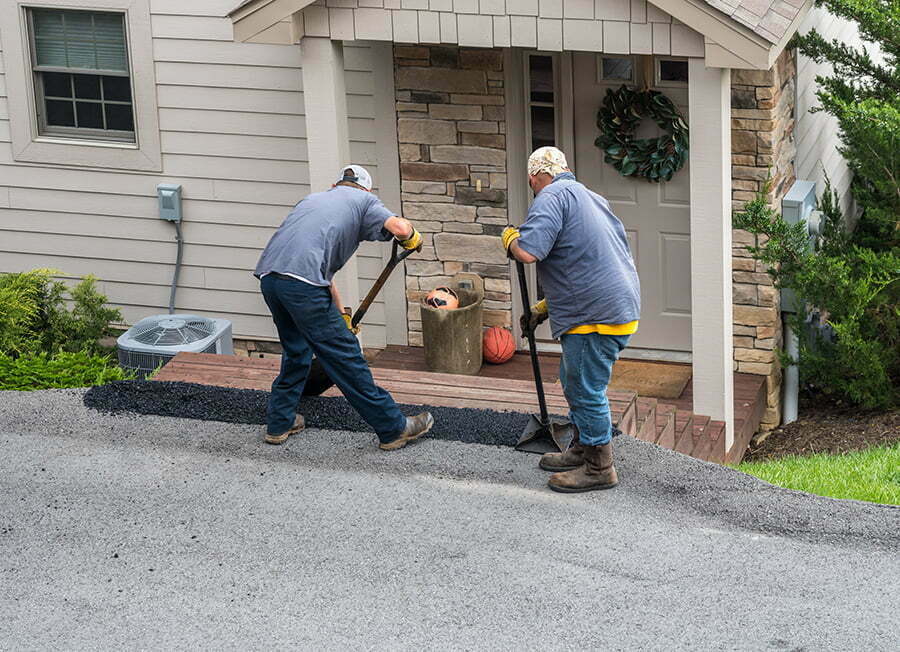
Calculating the number of tons of asphalt millings you need is a matter of simple mathematics. Calculate the inches, feet, and yards of your driveway’s length, depth, and width. That determines the number of cubic inches, feet, or yards.
Asphalt millings have an average density of 2,410 pounds per cubic yard. That’s just a little over a ton. One ton will cover about 80 square feet at a few inches of depth.
Recycled Asphalt Driveway Problems
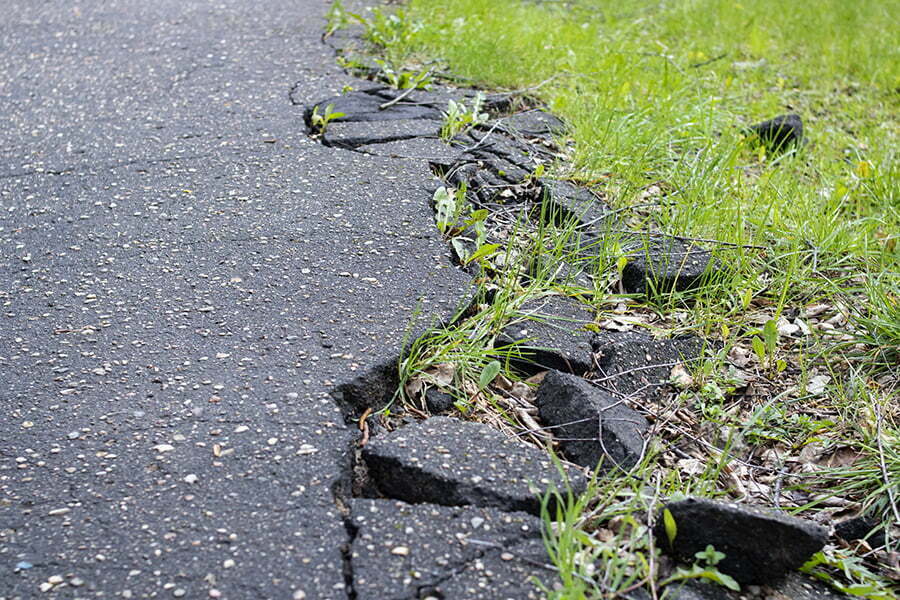
Some of the problems that homeowners discover when using asphalt millings include:
Cracked Pavements
Using asphalt millings in freezing weather could result in surrounding pavement cracking.
Prone to Discoloration
100% crushed asphalt or asphalt millings often discolor over time.
Asphalt Hardens Unevenly
Millings don’t always harden uniformly.
Poor-quality Asphalt Debris
Poor-quality millings often contain substantial waste materials that can be tracked across your home.
Can You Put Asphalt Millings Over Gravel?
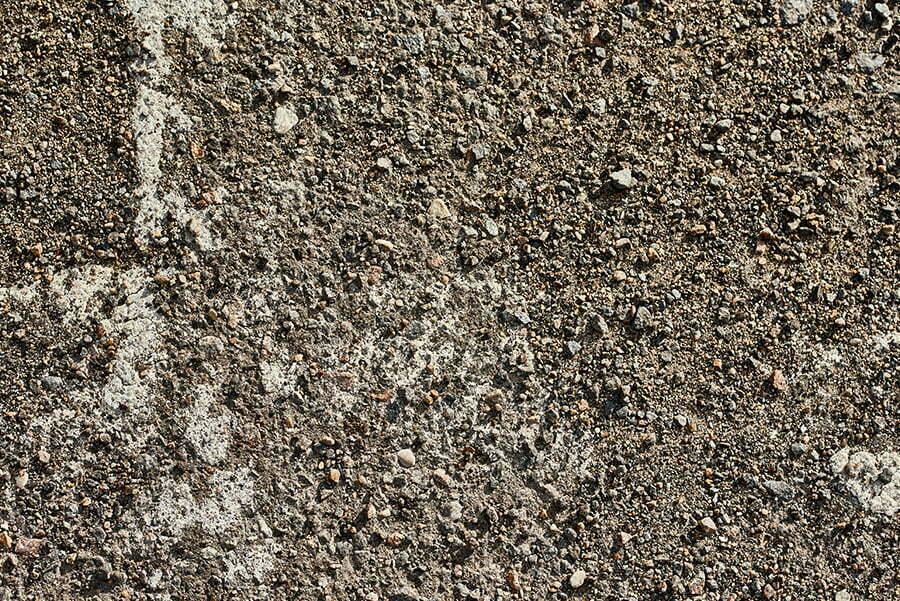
You can put asphalt millings over gravel to stabilize the gravel and prevent ruts from developing. The benefits of doing so include a lower cost or replacing lost gravel, and eliminating the dust gravel generates.
You’ll eliminate weather damage and qualify for LEED certification, depending on how much you use. The surface of your driveway will strengthen over time.
Will Asphalt Millings Wash Away?

Millings can wash away before they harden in heavy rains. You can usually solve the problem by grading the driveway. Grade a slight crown shape into your driveway so rainwater drains easily to either side.
Table of Contents




